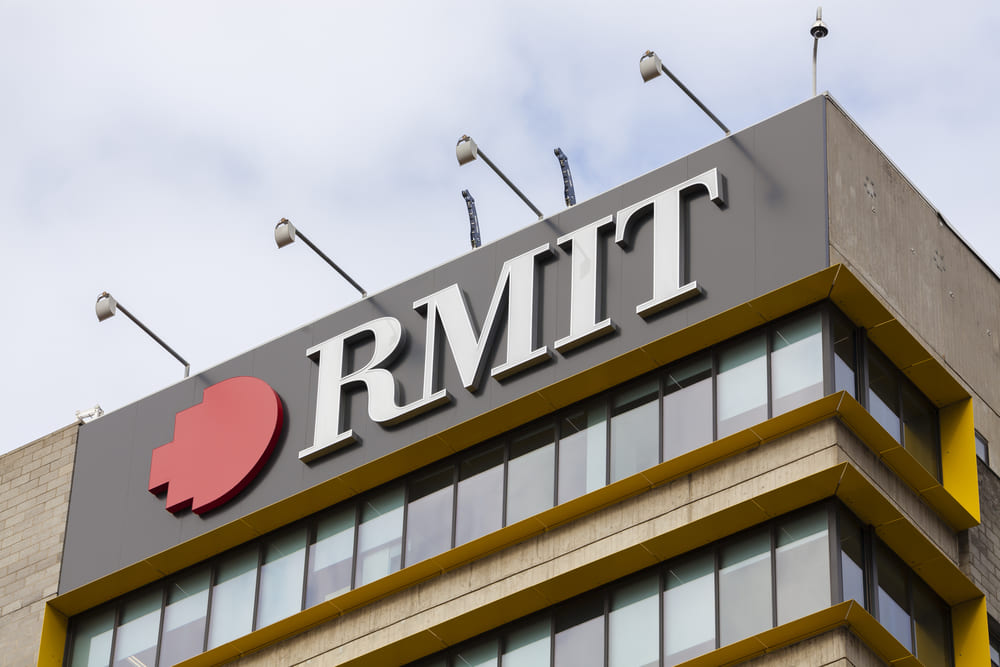
Engineers at RMIT University have unveiled a groundbreaking low-carbon concrete capable of recycling double the amount of coal ash compared to current standards, halving the amount of cement required while demonstrating exceptional durability.
RMIT’s engineers collaborated with AGL’s Loy Yang Power Station and the Ash Development Association of Australia to replace 80 per cent of the cement in concrete with coal fly ash.
This significant advancement, led by Dr Chamila Gunasekara from RMIT’s School of Engineering, surpasses existing low-carbon concretes that typically substitute no more than 40 per cent of cement with fly ash.
This innovative development addresses critical environmental challenges associated with coal ash waste and cement production.
In 2022, coal-fired power plants generated over 1.2 billion tonnes of coal ash globally, with Australia alone contributing nearly a fifth of this waste.
Despite the transition to renewable energy sources, coal ash will remain plentiful for decades.
Simultaneously, cement production, a major component of concrete, accounts for 8 per cent of global carbon emissions.
“Our addition of nano additives to modify the concrete’s chemistry allows more fly ash to be added without compromising engineering performance,” said Dr Gunasekara.
The RMIT team’s comprehensive lab studies also revealed the potential to repurpose lower-grade and underutilised ‘pond ash’ from coal slurry storage ponds with minimal pre-processing.
Concrete beams created using both fly ash and pond ash met Australian Standards for engineering and environmental performance.
“It’s exciting that preliminary results show similar performance with lower-grade pond ash, potentially opening a whole new hugely underutilised resource for cement replacement.
“These ash ponds risk becoming an environmental hazard, and the ability to repurpose this ash in construction materials at scale would be a massive win,” added Dr Gunasekara.
RMIT, in partnership with Hokkaido University, developed a pilot computer modelling program to forecast the long-term performance of these new concrete mixtures.
Dr Yuguo Yu, an expert in virtual computational mechanics at RMIT, highlighted the importance of understanding how newly developed materials will perform over time.
“We’ve now created a physics-based model to predict how the low-carbon concrete will perform over time, offering opportunities to reverse engineer and optimise mixes from numerical insights,” explained Dr Yu.
This pioneering approach, recently unveiled in the journal Cement and Concrete Research, reveals the interactions of various ingredients in the new low-carbon concrete over time.
The quick-setting nano additives boost performance during the early stages, compensating for the slower-setting fly ash and pond ash in the mixes.
The research, funded by the ARC Industrial Transformation Research Hub for Transformation of Reclaimed Waste Resources to Engineered Materials and Solutions for a Circular Economy (TREMS), signifies a major advancement towards sustainable construction.
Led by RMIT’s Professor Sujeeva Setunge, TREMS unites top scientists, researchers, and industry experts to minimise landfill waste and repurpose reclaimed materials for construction and advanced manufacturing.
By leveraging advanced modelling technology, the RMIT team aims to instil confidence in local councils and communities to adopt novel low-carbon concrete for various applications, marking a crucial step towards a more sustainable future.











